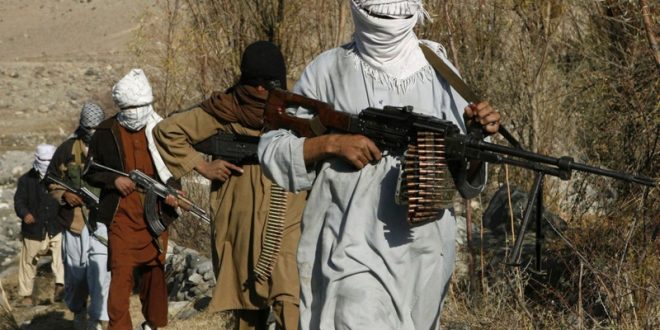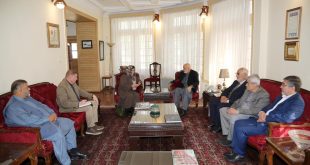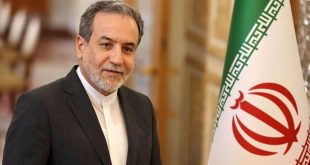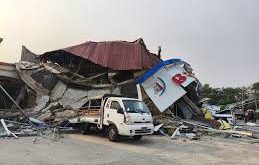AT News
KABUL: Militants from various terrorist organizations operating in northern Afghanistan are a threat to Tajikistan, Russian Ambassador to Dushanbe Igor Lyakin-Frolov said in an interview with TASS.
“The threat does exist. According to certain data, around 6,000 militants of various terrorist organizations are operating in Afghanistan’s northern areas. The biggest threat comes from organizations, which have natives of Central Asian countries and some Russian regions. These organizations include Islamic State (outlawed in Russia), Jamaat Ansarullah, and Islamic Movement of Uzbekistan (outlawed in Russia),” he said. “We see that their activity in the wintertime has decreased as key roads and paths in the mountains are covered with snow. It is typical for Afghanistan’s mountain areas. Their activity may increase in the spring, when the weather changes.”
According to the Russian diplomat, it is necessary to get prepared for any unexpected developments. “Relations between the Taliban (outlawed in Russia) and terrorist organizations are uncertain and it is hard to predict how they might develop in the future,” he explained.
After the Biden administration announced the end of its US military operation in Afghanistan and the launch of its troop pullout, the Taliban (outlawed in Russia) embarked on an offensive against Afghan government forces. On August 15, Taliban fighters swept into Kabul without encountering any resistance and gained full control over the Afghan capital within a few hours. Afghanistan’s President Ashraf Ghani said he had stepped down to prevent any bloodshed and subsequently fled the country. On September 6, the Taliban said they had taken control of the entire country and the following day announced a new interim government. However, this government has not been officially recognized by any of the world’s nations.
Tajik President Emomali Rakhmon said earlier that the situation at the Tajik-Afghan border is quite difficult. According to Rakhmon, there are more than 40 terrorist camps and training centers in Afghanistan’s northeastern provinces.
 Afghanistan Times
Afghanistan Times




